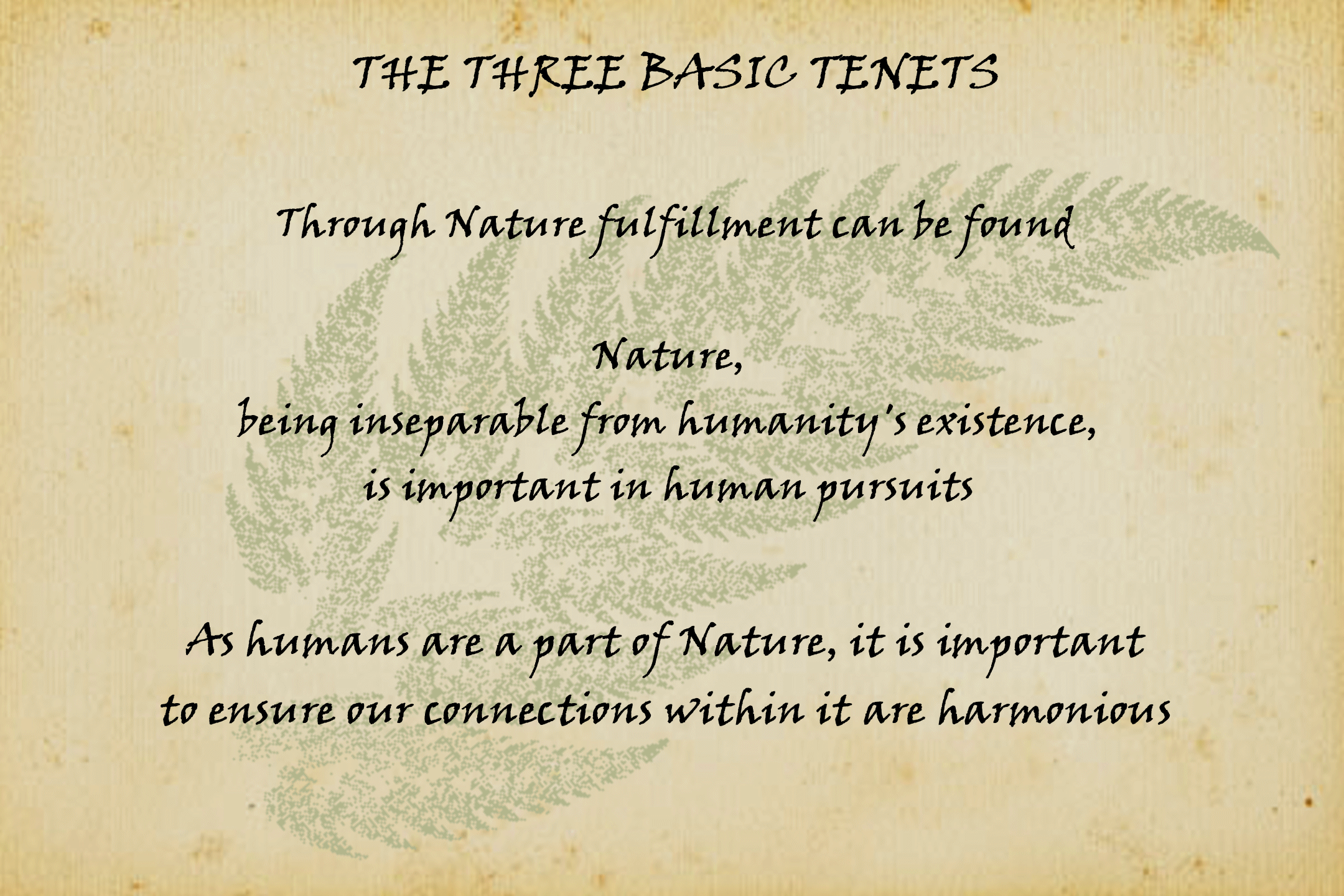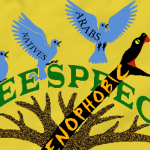Editors’ Note: This article is part of the Public Square 2014 Summer Series: Conversations on Religious Trends. Read other perspectives from the Pagan community here.
For this summer series the Pagan Channel is tasking the question of the Pagan reaction to Climate Change: Did we fail in our Pagan Environmentalism?
I am a Saegoah (seeker of Ehoah – Complete harmony within Nature) wherein I follow the three basic tenets of Ehoah.

So my lifestyle is constantly striving to establish, maintain and improve upon harmonious connections with what I interact with, in everything I use and do. Through this process customs develop that are an expression of this way of life. These customs help in reminding us of our interconnections, and encourage the development of healthy interconnections. It is through this nature-based practice that I relate to Paganism, having begun on this journey in 2009 and am in my mid-twenties. So the question ‘Did we fail in our Pagan Environmentalism?’ is an odd one for me. Being a young practice its hard to consider it to have failed when it only has just begun. The question of how it relates to Climate Change itself is almost irrelevant. This is because we seek Ehoah regardless of the circumstances, and any environmental challenges we face can naturally be solved through seeking Ehoah and reaching out to share what we’ve learned. It may seem that such a practice would have come about in response to Climate Change, but it hadn’t. It came about through a desire for a healthy interconnected relationship with our biosphere. The life of earth. And it is through such a way that we would all have a better quality of life.
So if we were to have a nuclear exchange and had somehow survived past the first few years, it wouldn’t be considered too late, we failed. It would be considered the point in which we build up from. Even if we reach a relatively ideal state that has established a vast network of harmonious interconnections, it wouldn’t be considered a done deal either. It would be considered the point in which we build up from. Always improving that of which is considered to have worked. There is always more to learn and more ways to grow and diversify. It is through such diversity that we avoid a number of problems i.e. Monoploy of resources, monocultures susceptible to disease and environmental catastrophes, and a mindset of “one size fits all” which is never truly the case when dealing with ecosystems.
Through what has been said, a Saegoah’s response to Climate Change may now be clear. It is from this point that we build up from, whichever point that may be.
Many of our current problems seem to stem from an ignorance of the real consequences of our lifestyles (even though we may be aware of the overarching problem and are trying); a sense of disbelief with the response of business as usual; or the thought that “It’s too late. Why bother trying.” And that’s all pretty damn depressing, and I’m too much of an optimist just to accept such a state of affairs. I’ve even came across a term that is quite an appropriate description for me: Apocaloptimist, “someone who knows its all going to shit, but still thinks it will turn out okay.”
I think this is because I’ve seen how others who share a similar outlook are working to make sure we come out on the other side. Ehoah is so strongly connected to a particular set these outlooks and practices that I’ve went and got certified as a designer in it – Permaculture. I guarantee that you will not meet a bigger group that would be appropriately described as Apocaloptimists. Those that have founded and have become teachers themselves carry a strong vision of a world that has reached complete harmony within Nature. This is because they have seen a glimpse of it. From the small scale properties that, through this holistic landscape design, are lush and water bountiful, while their neighbours are brown and dry;

To the large scale of hundreds of thousands of kilometers of the Loess Plateau, China (an area the size of Belgium) that has been rehabilitated from brown desert to lush abundance.

And there are a great many examples of these amazing changes worldwide. All you have to do is use a search engine with the keywords “permaculture” to find them – I especially recommend anything that is by Geoff Lawton, the head of the Permaculture Research Institute.
Through this holistic interconnected approach, and enough people doing it, Climate Change can be managed and we can all come out of this challenge far better than where we were before going into it. A lot of our current lifestyles are not helping ourselves, but it doesn’t mean sacrificing our quality of life. On the contrary, our quality of life would improve, increasing our physical health and it even lessens the labour needed to maintain it, simply because we would be working with how Nature works, instead of against it. That is one of the reasons why I write here at Patheos – to provide hands-on Do It Yourself information on how we can accomplish such a lifestyle.
The posts most relevant to this topic are Worldview Connections, Cultural Quandaries: Water, Cultural Quandaries: Soil, and The Ehoah Bioregional Quiz. These provide information on what you can do today, and experience the end results within the next five years, and possibly in even less time. This is the kind of fulfillment I seek in my journey, and I am more than happy to share it.
Where there is life, there is hope to promote more life. As much as we can cause problems, we can just as well be a catalyst for life.












